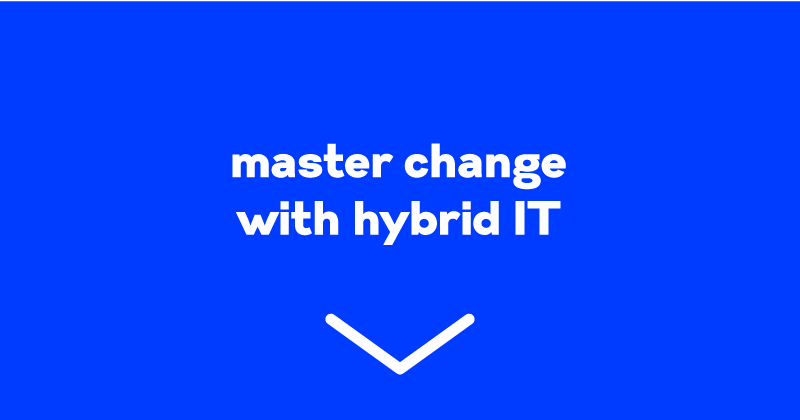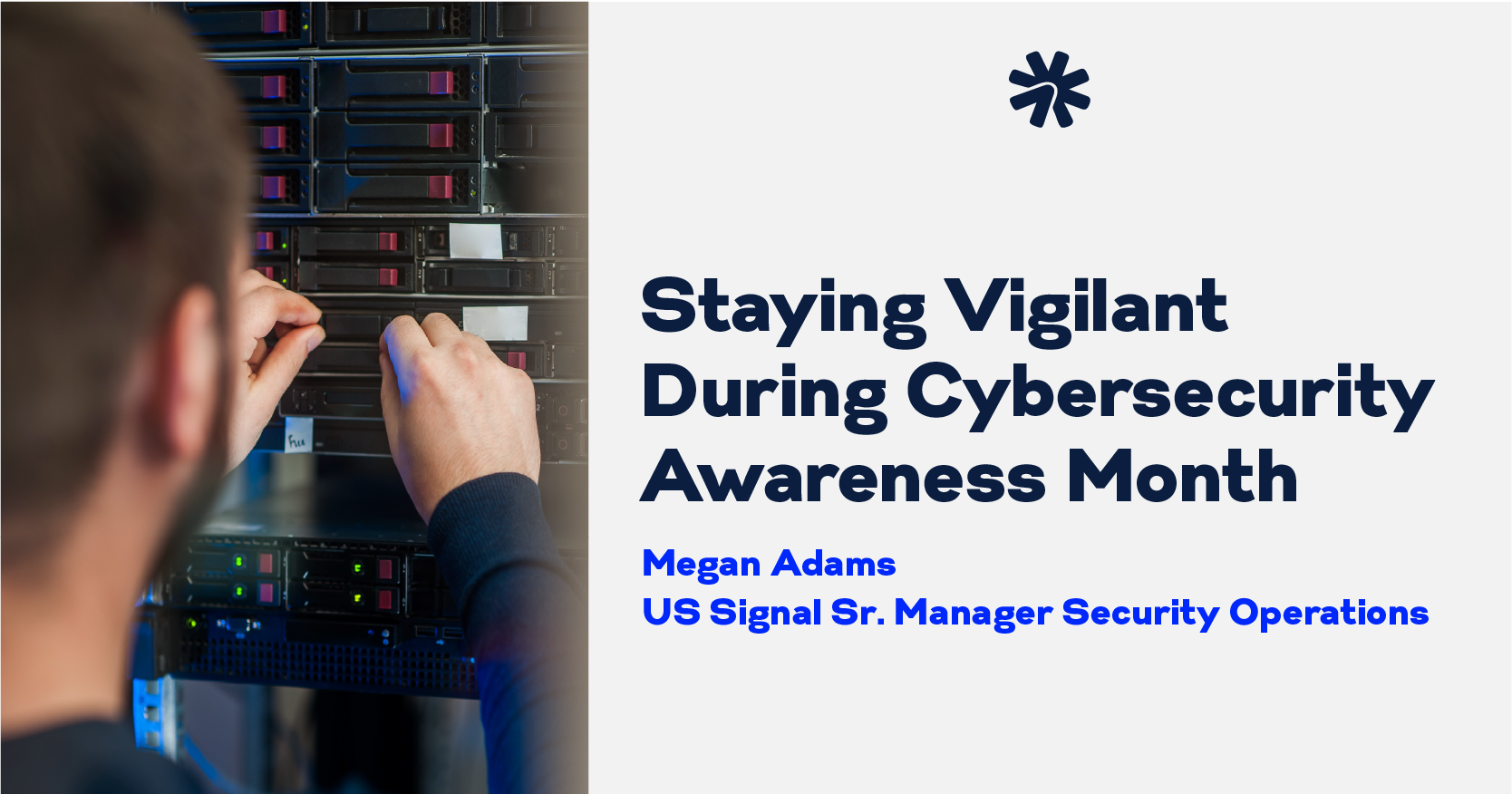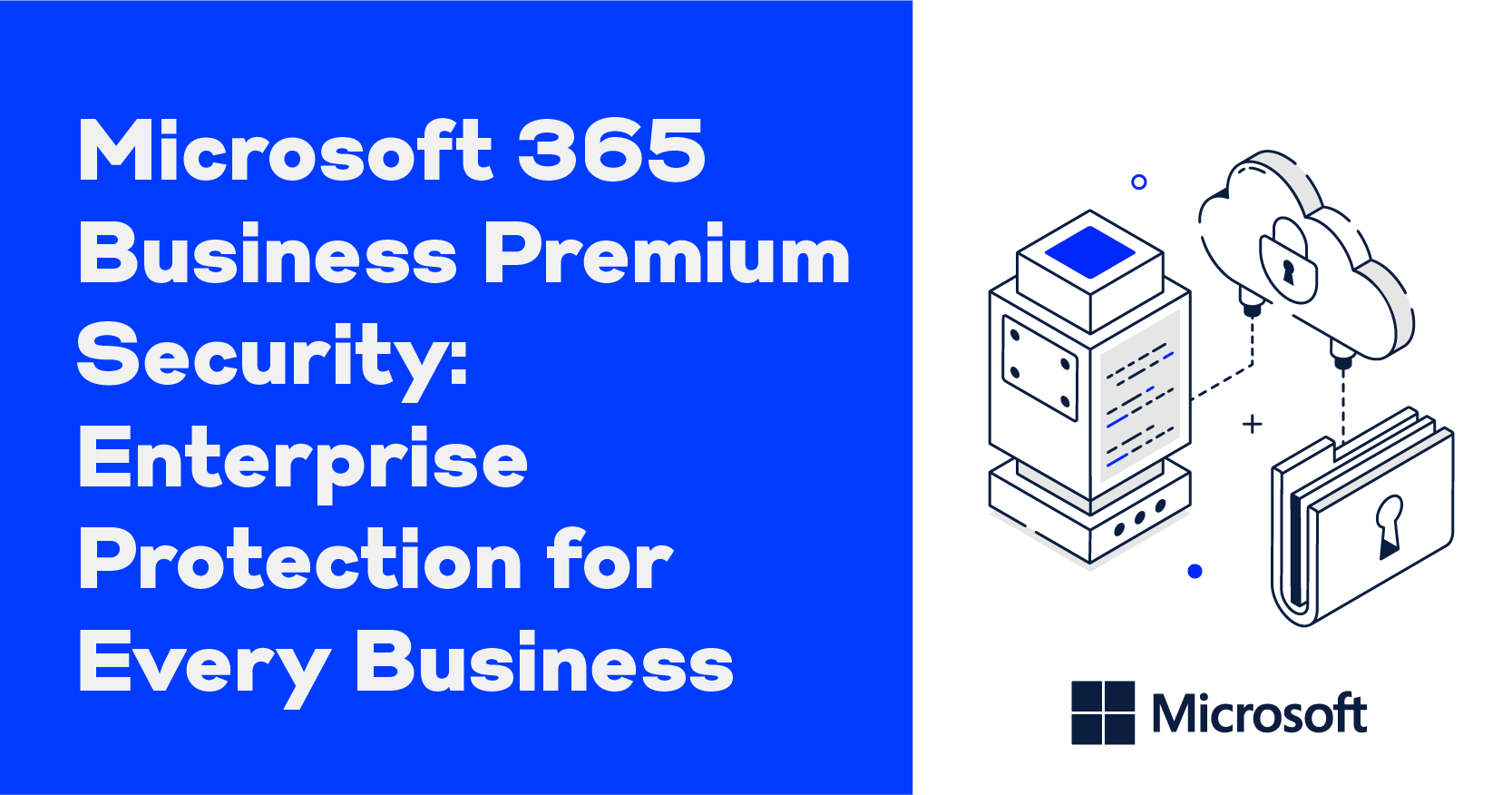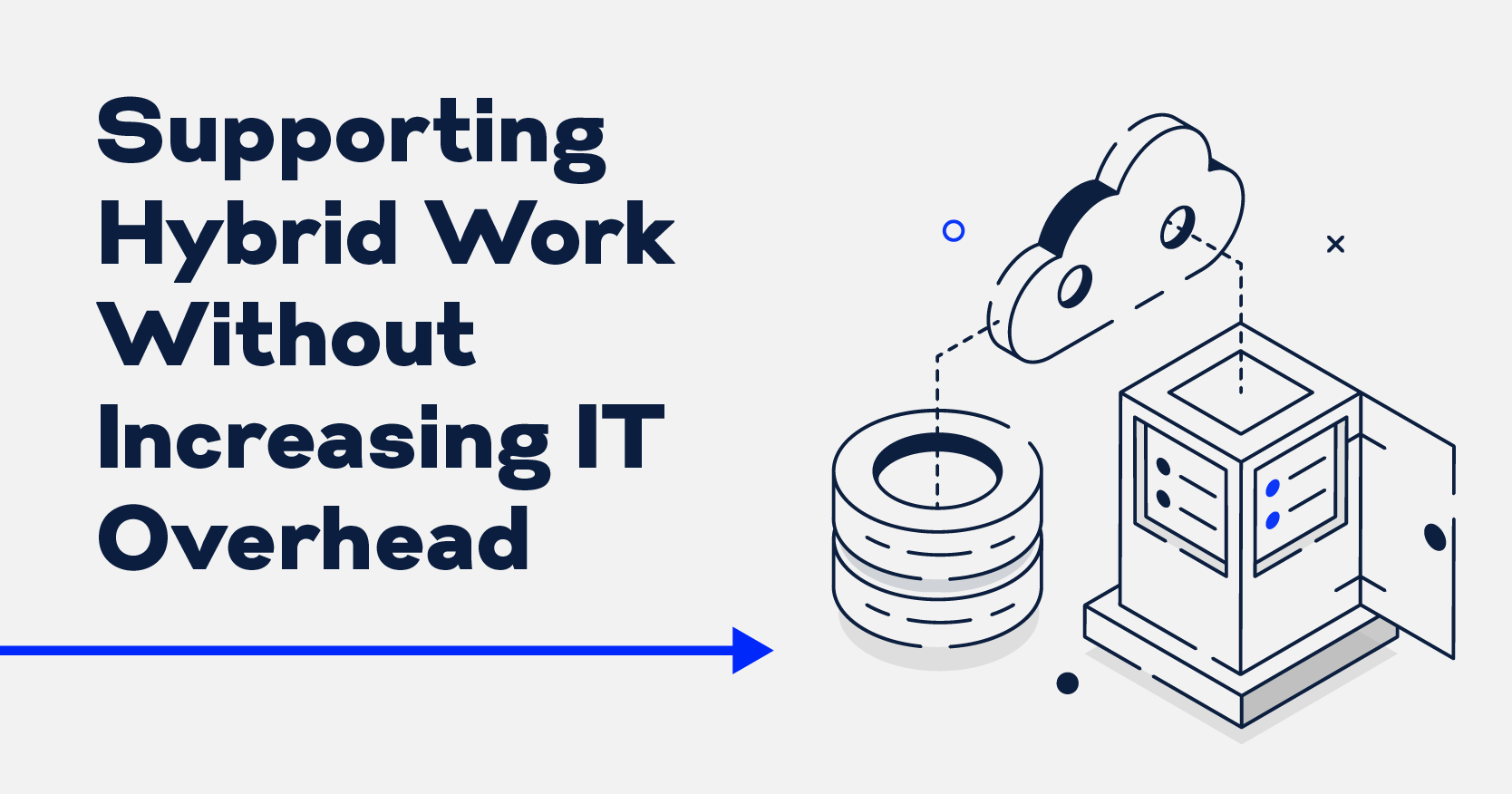Master Change with Hybrid IT

Updated: 2/27/2023
Enabling Hybrid IT Flexibility with the Cloud
Applications are being developed and others modified to leverage emerging technologies and satisfy unmet needs. Innovative tools and strategies are being devised to combat the constant barrage of sophisticated cyber threats, maintain data security, and meet new or evolving compliance requirements. Software and equipment is continually being released that is stronger, faster, more efficient and, where practical, more sustainable.
Business needs are changing too. Customer experience and digital transformation across industries have been key forces in recent years. However, the COVID-19 pandemic and other world events seem to be the current influencers and are driving requirements for different ways of working and thinking. Bottom line: things are always in flux.
The cloud makes it easier to pivot and adapt. Resources are scalable on demand, and companies typically only pay for what they use. That flexibility enables agility and responsiveness on many levels.
Using a public cloud service doesn’t require hardware and upgrades, which reduces capital expenditures. Plus, the IT resources previously dedicated to maintenance can be shifted to more important revenue-driving initiatives and innovation.
In addition, cloud services enable employees to access business-critical apps and tools wherever they are and whenever those apps and tools are needed. Essential data can be uploaded and shared, information easily exchanged, files synced, file versions controlled, and everyone kept in the loop on recent developments.
The Need for Other IT Environments
Unfortunately, the public cloud isn’t the answer to everything. Legacy apps, compliance requirements, and other factors may necessitate that certain apps and/or data remain in your existing on-premises data center.
Even if you’re ready to get rid of your on-site data center, colocation may be a good alternative – or addition – to the public cloud. It provides a predictable op-ex model that doesn’t require you to keep up with the escalating capital expenses of building, securing, and maintaining your on-site data center.
Colocation can also help address changing business needs. Many colocation facilities offer multiple high-quality networking options, so you have the flexibility to choose the ideal solution for your needs in a carrier-neutral setting. Many also offer a more robust power-per-square foot ratio than is typically available in on-premise data centers — an important consideration for powering innovation.
Your business requirements might also necessitate the use of a private cloud, especially if you have to meet specific security or governance issues. If your users are in an area distant from a public cloud provider, latency could slow down access to your application and make a private cloud a better option. Similarly, a cloud application for your internal users may run faster using an on-premises private cloud.
The Hybrid IT Approach
Hybrid IT is a strategy that entails using different IT environments. That could include an on-premise private cloud, a hosted private cloud, a public cloud, or, more than likely, a mix of data center and cloud environments. Workloads are matched to the environments where they will perform best. And with multiple IT environments to choose from, you’ll be better equipped – and prepared – to handle changing business needs.
Workload optimization is a key benefit, but there are others as well. For example, a hybrid IT strategy enables you to add the cloud to your IT services portfolio without having to move everything or carve out a large budget for a cloud migration.
The key is to formalize a hybrid IT strategy and not approach it randomly. This will help with budgeting, IT resource optimization, and securing C-suite support. Among the initial tasks required:
- Measure, analyze and understand your applications. You’ll need to determine your anticipated demand pattern, geography profile, and delivery requirements. How can various IT environments accommodate the volume of growth you anticipate, unexpected spikes in demand, service level agreements, and other important issues?
Other questions to ask include:
- What are the scaling considerations?
- What are the requirements for recovery time objectives and recovery point objectives
- What operating systems, databases or application servers are being consumed or provided?
- What quantity of CPU, memory, network, and storage are typically used/needed?
- What commercial and custom software support the workload?
- What are the dependencies or integration touch points with other workloads?
- Is backup, HA/DR, security, or performance monitoring required?
- Do services need to run from different geographic regions for disaster recovery purposes?
- Assess your data security needs and current tactics. What kind of data do you have and where is it? Are there encryption, isolation, or other types of security requirements? What security policies do you have in place to protect your data and does it account for various IT environments?
- Determine your compliance requirements. Moving workloads to a colocation facility or a cloud environment doesn’t relieve you of your compliance obligations. However, the cloud or colocation provider may be able to help you meet some of them by solving challenges at the infrastructure layer.
- Create a plan for migrating into new IT environments, particularly the cloud. It’s okay to start small, perhaps by moving some not-so-mission-critical apps to a public cloud service. Set benchmarks and implement tactics for measuring performance and gathering “lessons learned.” This will provide the foundation for future expansion into the cloud and/or other IT environments.
Partnering with A Cloud Service Provider (CSP) for Hybrid IT
You can go with a “do-it-yourself” approach to hybrid IT, particularly if it’s just a matter of trying out a cloud service. It’s easy to purchase public cloud services online. Just input some information and a credit card number, and you’re off.
However, working with a cloud services provider (CSP) that offers a consultative approach will provide greater value via its expertise and guidance. Even better: partner with a CSP that routinely helps customers implement hybrid IT strategies.
The right CSP can help you assess your IT environment needs, as well as your cloud readiness. It can right-size your cloud environment(s) and assist you in migrating your applications.
Perhaps most important, the right CSP can offer information and insights on the many issues associated with various IT environments. There’s a lot to consider, including costs, performance optimization, integration, compliance requirements, security, latency, connectivity, and disaster recovery planning. Working with an experienced CSP can help you avoid potentially expensive missteps, as well as business-crippling downtime.
Handle Change with US Signal
US Signal is well versed in helping companies meet changing business and IT needs. That includes matching workloads to the most suitable environments for optimal performance, efficiency, and compliance.
In addition, we offer:
- A complete portfolio of enterprise-class products and services, including public and hosted private clouds, colocation, connectivity solutions, and managed services.
- Professional services to successfully move your workloads to new IT environments with minimal disruption or downtime.
- A wholly owned network providing private, dedicated connectivity with diverse access options between IT environments.
- A Virtual Cloud Connect service to link to the cloud services of your choice, whether from US Signal, AWS, or another provider.
- PCI DSS- and HIPAA-compliant, audited data centers and cloud infrastructure.
- The ability to integrate existing technologies and equipment in short- and long-term strategies to maximize your investments.
If you’re interested in learning how US Signal can help your organization use IT services to manage and master change, contact us. Call 866.2. SIGNAL or email [email protected]. Additional Hybrid IT Resources



